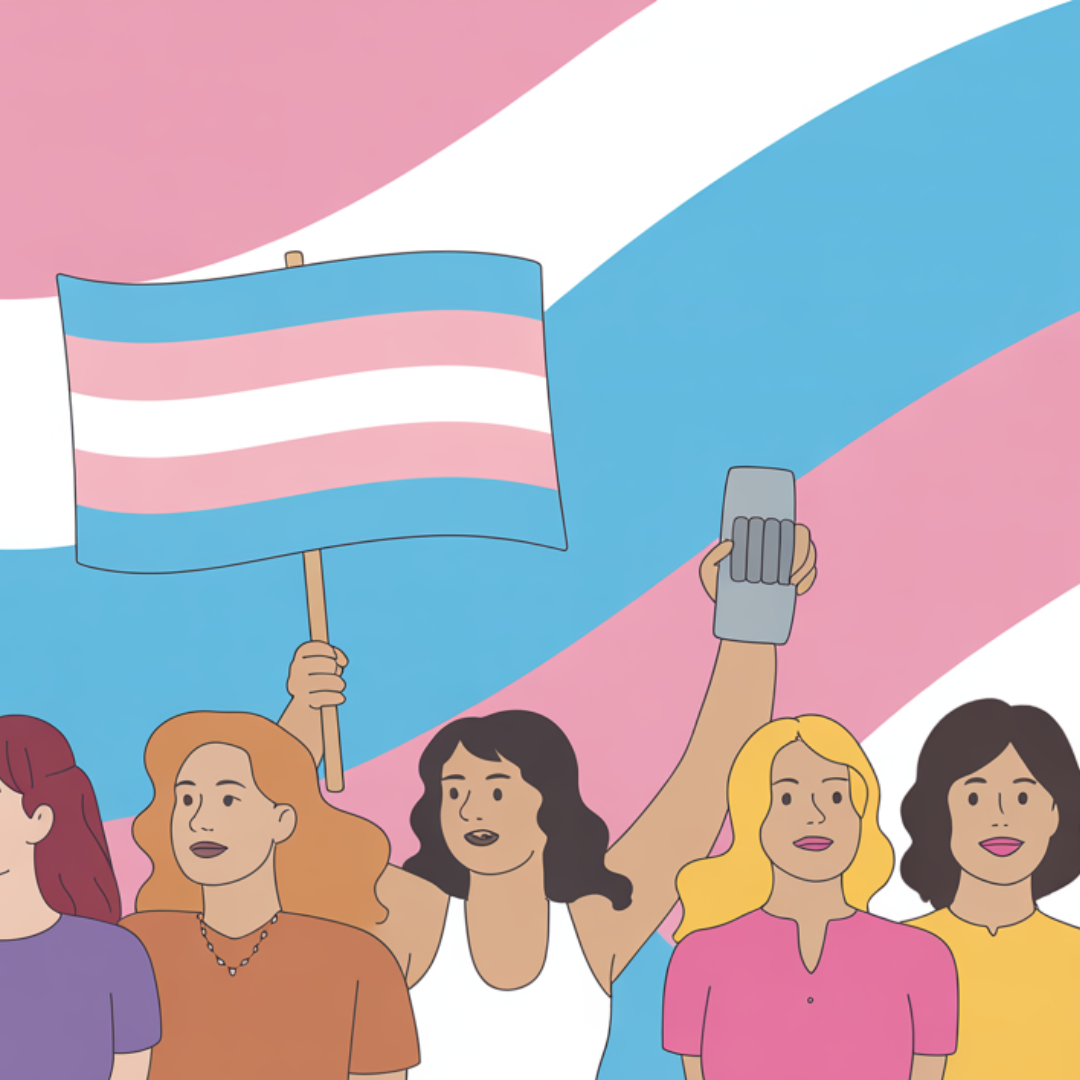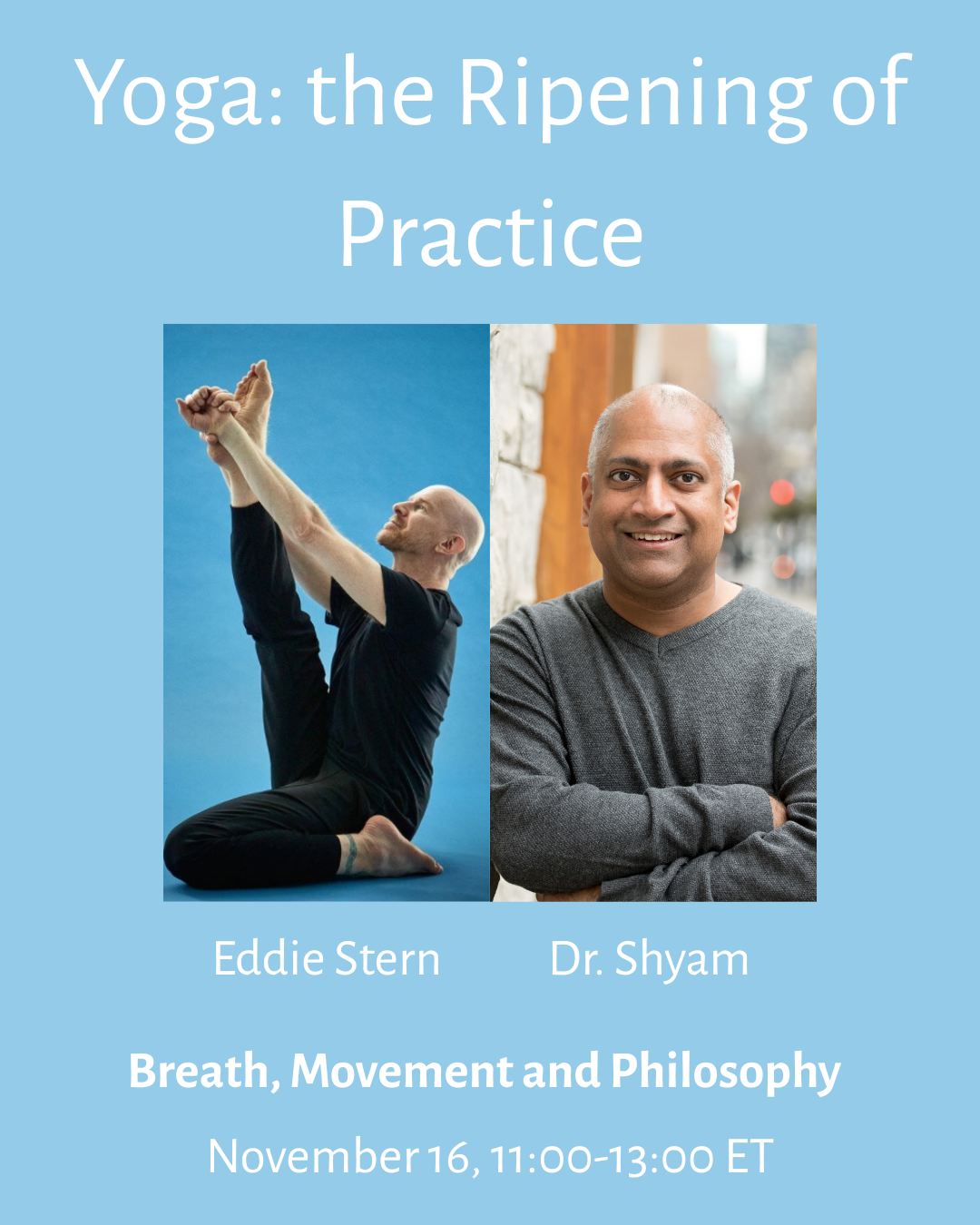By Shyam Ranganathan
When people first encounter Yoga, they often hear about the Eight Limbs—a seemingly step-by-step path that begins with ethical living and ends in spiritual liberation. At the base of this ladder are the Yamas and Niyamas, commonly described as yoga’s moral code. But what if this framing misses the point entirely?
Looking back to the original and influential source of this formulation—Patañjali’s Yoga Sūtra—we discover something far more radical. The Eight Limbs (aṣṭāṅga yoga) are not the foundation of Yoga’s ethics. They are upāyas, or remedies, meant to address an imperfect world and a failing practice. The point of such remedies or intervention is to clarify thinking and create deep understanding (YS I.26-28). To truly grasp the heart of Yoga, we have to start somewhere else entirely.
Eight Limbs as Remedies, Not Rules
The Eight Limbs function like a political disruption and re-ordering kit—a way to transform and correct dysfunction, not a checklist of enlightenment. If we had a thriving Yoga practice, we would be doing these things anyway. Sometimes though when life is imperfect—always—we have to be methodical about reinstituting the space and room for practice in our life.
Let’s begin with the first two limbs, which deal directly with ethics:
Yama: Public Ethics as Activism
The Yamas are often translated as “restraints,” but a more accurate reading places them in the realm of universal obligations—a kind of political ethics. Their purpose? Disrupting systemic harm and building a world where others can thrive. These are not abstract virtues; they’re tools for direct action.
Here’s what they include:
- Ahiṃsā (non-harming): In Yoga, this doesn’t mean passive nonviolence. It means actively disrupting harm—even if that disruption is uncomfortable or confrontational. Think Gandhi and MLK, whose reading of ahiṃsā was about harming harm, not standing idly by.
- Satyā (truth-telling): Participating in the resulting social facts, which are characterized by the following:
- Asteya (non-stealing): Not depriving others of what they need, including access, visibility, and voice.
- Brahmacarya (boundary-respecting): Honoring personal sovereignty, not exploiting others’ energies.
- Aparigrahā (non colonialism): Refusing to appropriate or overconsume, especially in ways that extract from others.
This first limb resets the moral space for our practice. It is an obviously activistic norm.
Niyama: Personal Practice With Integrity
Once you’ve disrupted harm and reclaimed space for justice, the Niyamas guide your inward turn. These observances are about personally committing to the basic practice of Yoga, which consists in three practices:
- Īśvarapraṇidhāna (devotion to Sovereignty). This involves taking on the responsibility to live a sovereign life. And this involves practicing the two essential traits of sovereignty:
- Tapas (unconservatism): Challenging your own inertia and outdated habits.
- Svādhyāya (self-governance): Owning your path and taking responsibility for your values.
These aren’t quiet, self-improvement tips. And as part of this second limb, we engage in this with contentment and without confusing them with other practices.
Reframing the Limbs: Practice, Not Perfection
The remaining limbs—āsana (posture), prāṇāyāma (breath control), pratyāhāra (sense withdrawal), dhāraṇā (concentration), dhyāna (meditation), and samādhi (conclusions)—aren’t ends in themselves. They are procedural supports for embodying your ethical commitments.
Take āsana, for example, which means “posture.” It’s often treated as the whole of Yoga in modern studios, but in the Yoga Sūtra, it is about occupying the space created by the first two limbs.
Yoga’s Foundation: A Procedural Ethics
Unlike other basic ethical theories, Yoga doesn’t start with a vision of the “Good” and work backwards to tell us what’s “Right.” Instead, it’s the procedure itself—the method, the practice—that produces what is good.
This is why devotion to Īśvara (the ideal of Sovereignty) is central to Yoga. Īśvara is the procedural ideal of right choosing and doing. So in being devoted to this, we take on the responsibility to choose and do responsibly.
It’s two core traits—tapas (unconservatism) and svādhyāya (self-governance) are about recovering space for oneself in one’s life. And when we practice this, we create our own autonomy (kaivalya): a state of unconditioned selfhood, where you are no longer trapped by circumstance or projection.
Why It Matters
To get the full depth and results of your Yoga practice, one has to understand what the core practice is. And when we understand that, we appreciate that there is often a need to simply start from scratch and reorganize our lives and the social spaces we live in.
Some further reading:
Ranganathan, Shyam. Yoga—Anticolonial Philosophy: An Action-Focused Guide to Practice (Singing Dragon, 2024).


